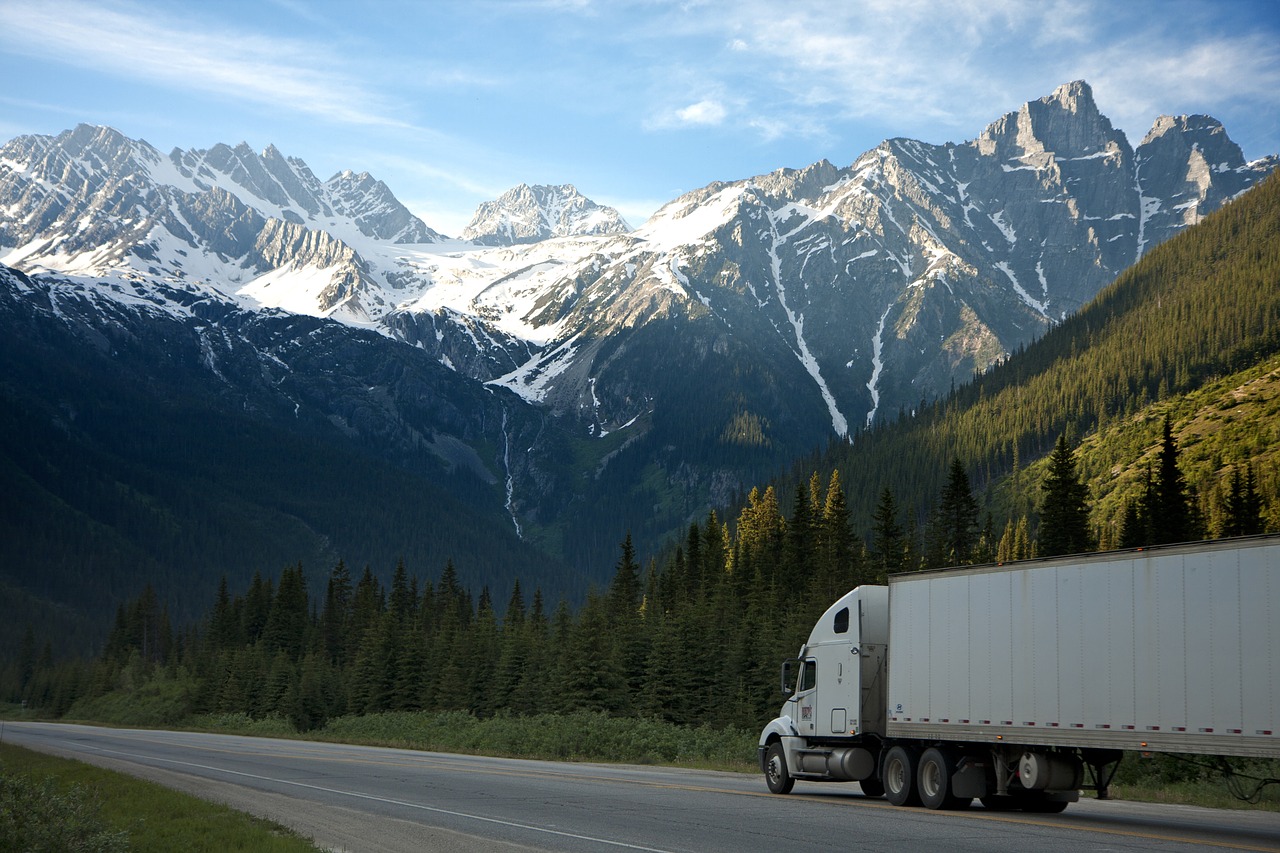The trucking industry has attracted generations of Americans by offering good salaries for work that allows drivers to essentially be their own bosses. That workplace freedom has drawn many Sikhs in the Sikh American community to pursue trucking.
(RNS) — More and more of America’s truck drivers are wearing turbans, as a growing community of Punjabi-born drivers, the majority of whom are Sikhs, play an increasingly outsize role in one of America’s fastest-growing industries.
The trucking industry has attracted generations of Americans by offering good salaries for work that allows drivers to essentially be their own bosses. That workplace freedom has drawn many Sikhs in the Sikh American community to pursue trucking. Beginning in the early 1990s and picking up steam after 2009, Sikhs have become an important part of the U.S. trucking scene.
“For many Sikhs, trucking offers independence,” said Satnam Singh, a finance specialist at Global Truck Loans in Westborough, Massachusetts, and a Sikh. “You can pray whenever you want and you can observe the articles of faith. And like any other recent immigrant community, they want to work hard and earn good money.”
According to Singh, there are more than 800,000 Sikhs in the United States, a little more than 2% of the population. But of those, as many as 270,000 are either directly involved in trucking or, like Singh, involved in the many supporting service industries that help keep those behind the wheel moving. Prior to the pandemic, nearly 6% of all full-time jobs in America were in the trucking industry, according to the app Trucker Path. More than 40% of those jobs are held by minorities.
Sikhs have long been involved in trucking in India and translated their experience to the American road when, in the 1980s, many Sikhs fled persecution in India for safety in the United States and Canada.
For the most part, Sikhs have become not only accepted but valued in the trucking community. In the ‘Age of Amazon,’ when more and more Americans expect globally produced goods to be available on their doorstep within days, if not hours, there is a growing demand for drivers. Some project the trucking industry will need to add 900,000 new drivers by 2027.
Despite being removed from the discrimination many Sikhs face in more stationary jobs, Sikh truckers aren’t entirely spared. Paramjit Singh Sandhu, a driver with 20 years of experience, was prevented from taking a urine drug test in December when he refused to remove his dastar, the turban worn by observant Sikhs.
A representative of the Sikh Coalition told RNS said the issue was successfully resolved early in 2021, but the trucking industry’s push to replace urine tests with hair sample testing looms as another obstacle for Sikh drivers: Sikhs are opposed on religious grounds to cutting their hair.
“Basically, things are good for truckers,” says Raman Dhillon, CEO of the North American Punjabi Trucking Association. Dhillon initially wanted to pursue a technology career and studied IT at university, but soon after completing school, he joined the family business.
“Immigrants from many communities are filling the gap as many older truckers are retiring. Their kids aren’t taking over their businesses, but, in the South Asian community, the interest in trucking is growing. The field is growing very fast as many realize this is a chance at a good-paying job where you can control things,” says Dhillon.
In 2012, Dhillon launched Punjabi Trucking magazine with an initial run of 5,000 issues in both Punjabi and English. By 2019 he was publishing as many as 12,000 issues. Three months ago he launched a podcast that helps educate truckers about topics from insurance to drawing up a will to the latest drug testing regulations.
The burgeoning number of Sikhs has begun to shape the landscape of the highway. Over the last five years, a cluster of vegetarian and Punjabi restaurants have sprung up across the country to service Sikh drivers’ ethical practices and culinary tastes. The majority of them are clustered along the I-40 corridor that runs east from California, where Dhillon said 40% of the truckers who move the state’s prodigious produce output are Sikh, ending in North Carolina. A handful of Sikh houses of worship, called gurdwaras, have popped up nearby or are attached to the eateries.
In January, Siddarth Mahant, a Sikh American former driver, was appointed to the Department of Transportation’s Motor Carrier Safety Advisory Committee by President Biden.
“It is more a social initiative than anything,” said Mahant, “to be the voice of the trucking industry and their needs. A lot of people don’t understand the drivers or they have never run a company or been a driver. I have been both, so I understand the day-to-day problems.”
Mahant said many Sikhs see truck driving as a short-term opportunity to make cash toward launching a second business, in trucking or an aligned industry, even agriculture.
“This is an industry where within one or two generations, many Sikhs have gone from immigrants fleeing persecution to working a blue-collar job as a truck driver that earns them good money. Often these same drivers go into white-collar jobs in trucking equipment, finance or another industry entirely,” Singh said.
Source: religionnews.com

